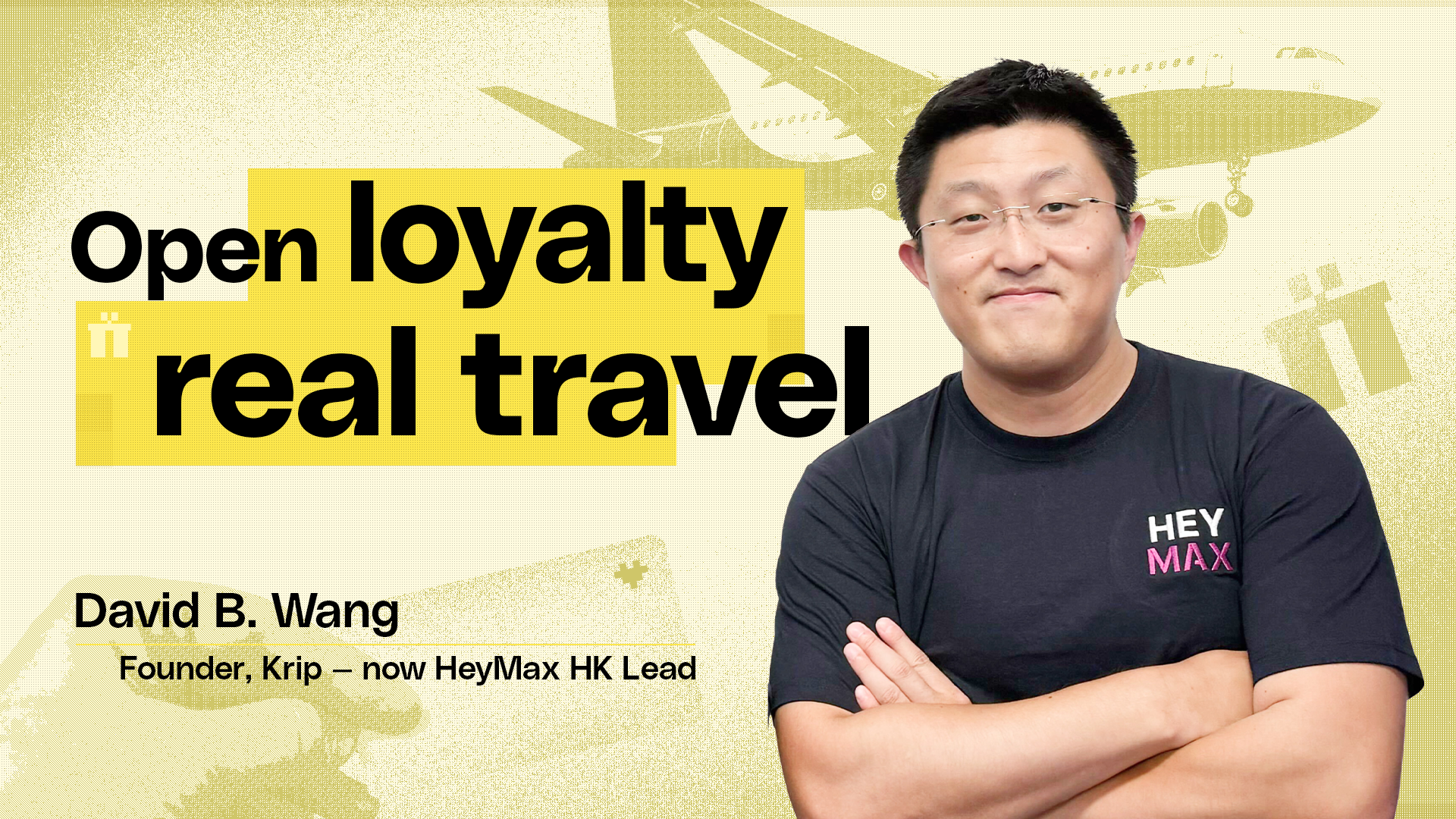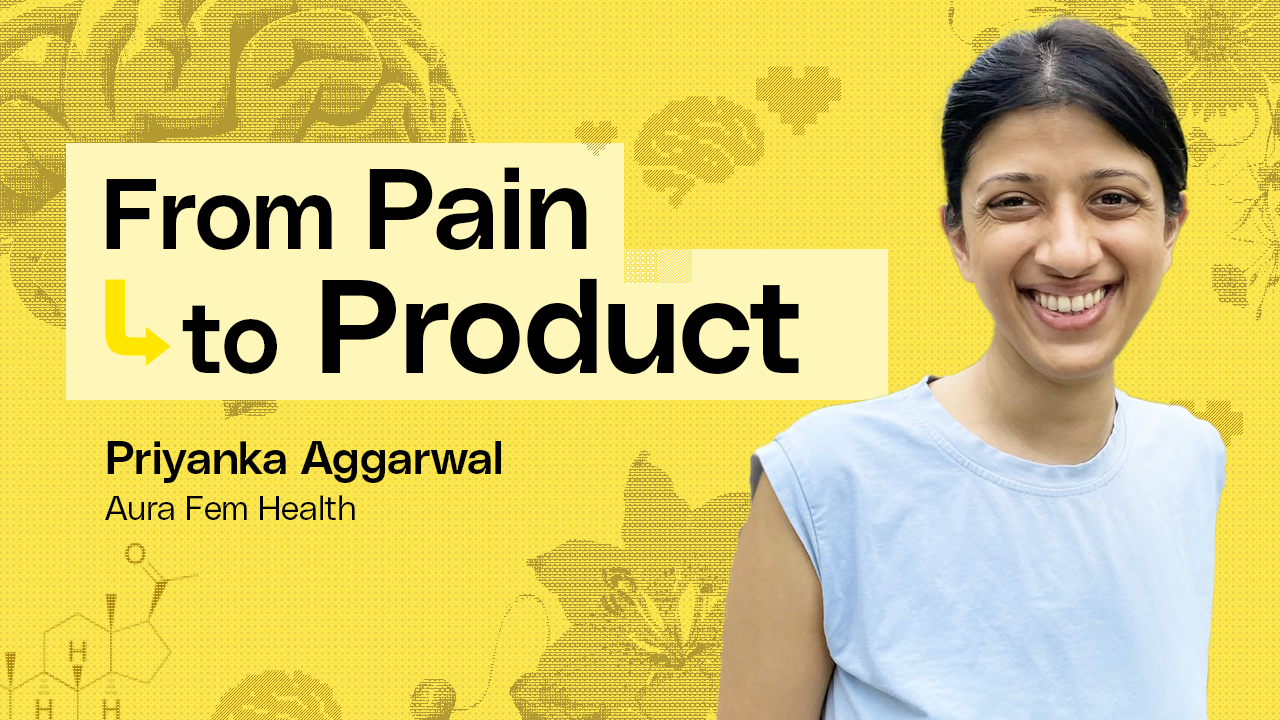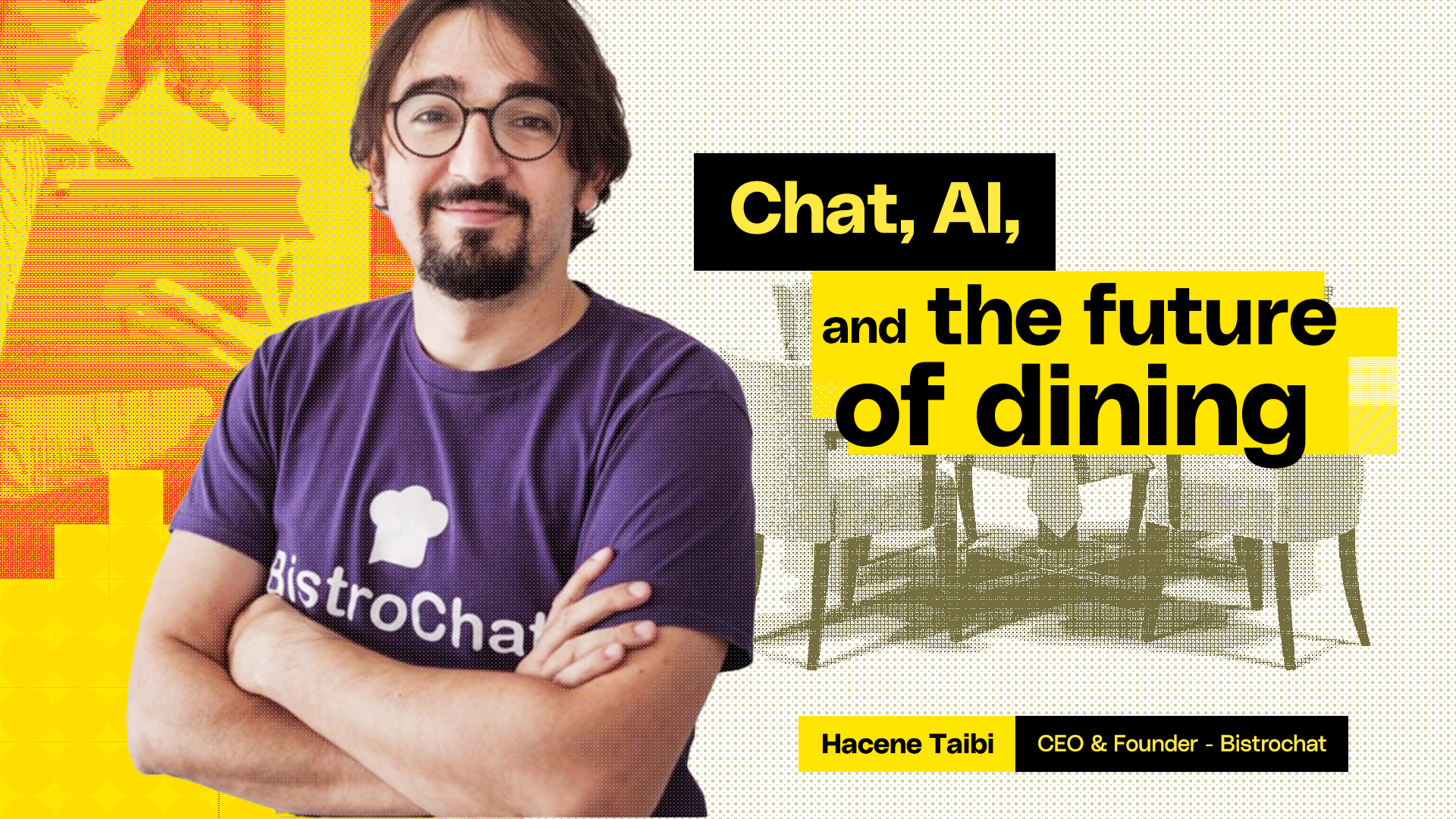

Want to hear about my first-ever branding project? Spoiler alert: it did not end well.
It started with a call during one of those agency late nights - a brief from a speakeasy bar in need of a kick-ass identity. I asked all the right questions (or so I thought) - who are your target customers, what's your USP, what are the brand attributes? The owner was a visionary and knew exactly what he wanted - a soulful, nostalgic, and lively hangout that was going to be the talk of the town.
Two weeks later I sat down with my folio full of sketches (ah...The days before iPad...), eagerly walking the team through my thinking and hand-drawn typography, only to be met with awkward silence, followed by:
'Hey Karis, um, thanks for this, but this is not quite what we are looking for.'
And this is everyone's nightmare. It's mine, of course, but equally the client's. Imagine spending the time and money for your agency or freelance designers to go into a creative black box and emerge with something you didn't expect and honestly can't quite understand.
What went wrong here?
Lost in translation
There is a crucial step in any design project: the translation of feelings and words in one's head into tangible, visible elements on paper or screen, and it's usually when things go wrong. You see, when we hear words, we all have different ways of coding the language. 'Energetic' and 'fun' might mean one thing to you but something entirely different to your agency or freelance designers.
The solution is an iterative process
The way we solve this problem at Unsensible is through an interim checkpoint called Stylescape. This is when we take all output from the strategy stage, and translate them into images, so we can quickly test if we're on the same page with our clients. Essentially asking, 'Did we hear you correctly?’
What is a Stylescape?
All designers at Unsensible use the Stylescape method developed by the Futur. Stylescape is a collection of images, textures, typography, and colours that demonstrate a potential creative direction for a brand. It also clearly outlines how brand attributes (Let me take a guess - yours is Openness, Reliable, and Transparent?) defined in the earlier strategy stages can be expressed using different visual cues.
Time is money, a Stylescape saves you both
Stylescape allows for quick alignment and feedback gathering before the design team gets too deep. Usually, at this stage, we encourage our clients to anchor their feedback on particular images or details, so we have a shared visual reference throughout the project. This way, we minimise misalignment and potential delays, allowing the design team to efficiently deliver valuable results.
What should I expect to see in a Stylescape?
When you see a Stylescape, you should have a good sense of the design direction and a clear picture of the deliverables ahead. Images in the stylescape are tailored to the brief and combine found and designed assets. Depending on the scope, they can contain logo direction, typography, packaging, colours, illustrations, iconography, photography, colour grading, wayfinding, symbols, lifestyle, and even interior images.
Are you planning a branding project?
Here are three tips to better align with your creative partner:
- Ask 'What informs your design process, and how can I contribute to providing the necessary information?'
- Ask 'How is our feedback incorporated into the creative process, and when does that happen?'
- Collect relevant visual examples, understand what you like and dislike about them, and share them with your creative partner ahead of time
P.S. A Stylescape is meant to be done quickly, but it’s also a key deliverable, which requires careful planning and coordination. In case you are wondering whether to pay your agency for this, the answer is yes.
Don’t miss out
Don’t miss out!








